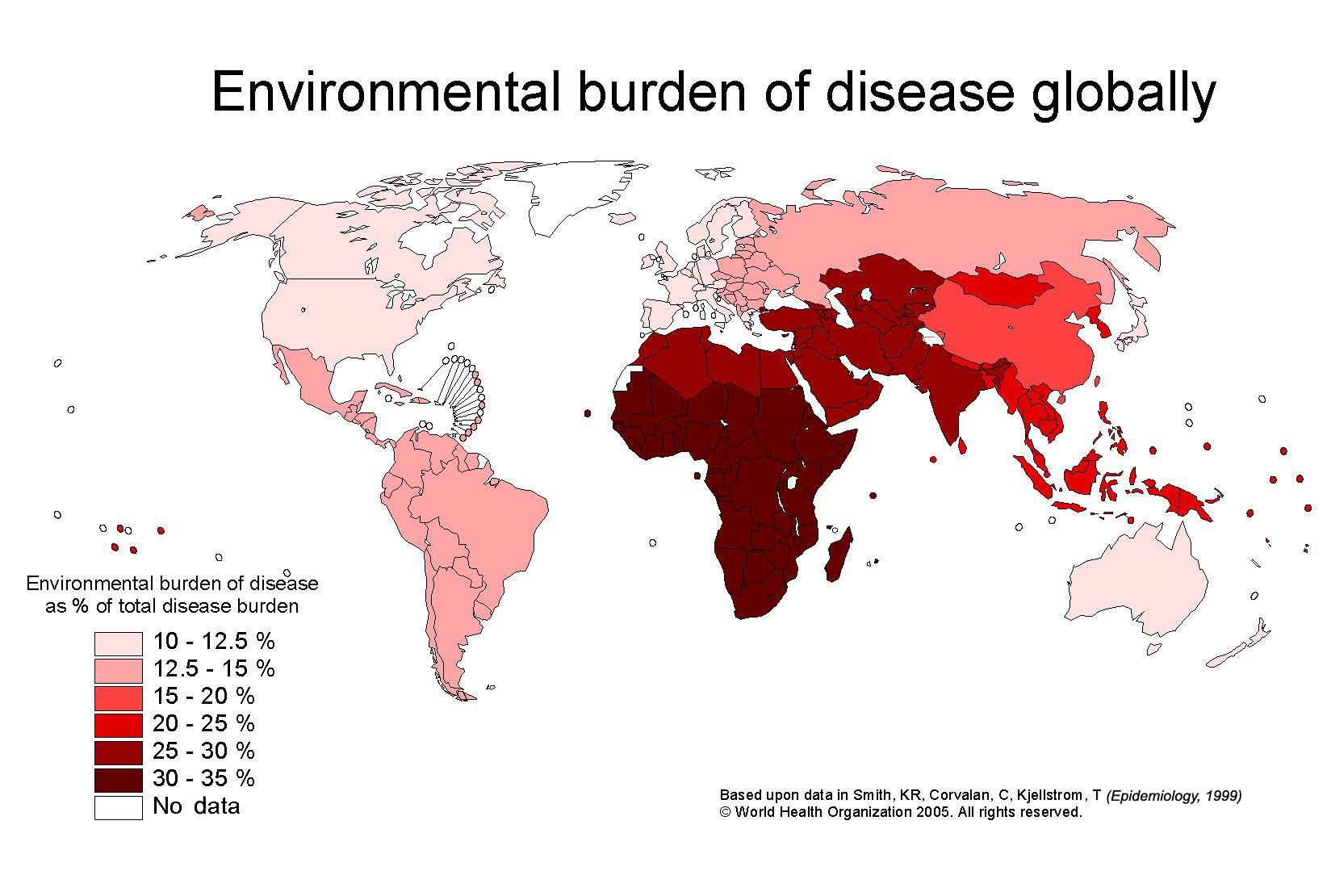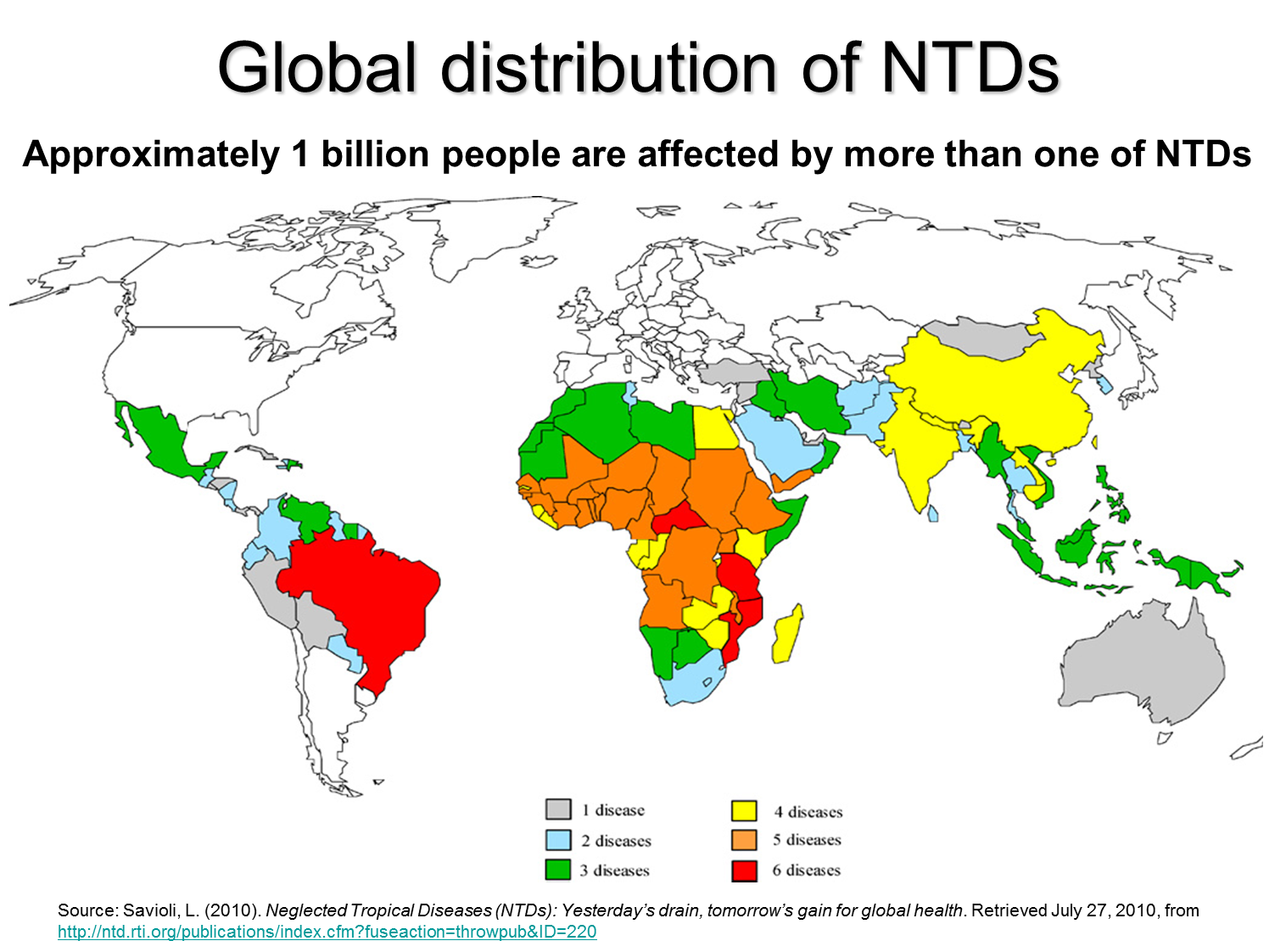
This week the 67th World Health Assembly (WHA), the governing authority of the World Health Organization (WHO), will convene in Geneva, Switzerland, where the WHA’s 194 member states will debate and determine the main priorities and policies of the WHO for the coming year. This includes everything from the appointment of the Director General to the approval of the WHO’s day-to-day operating budget. Most importantly, the Assembly will decide, in consultation with the Executive Board of the WHA, the World Health Organization’s main campaigns and top health priorities for 2014-2015.
This year’s focus will highlight some of the most pressing issues affecting global public health. The scope of the agenda reflects the complex multitude of challenges faced by countries, as well as the evolving role of global public health as a field in international affairs. Thus, in addition to topics more typically associated with the WHO such as the establishment of official responses to health crises and pandemics and the establishment of international norms, topics less commonly associated with the organization are now increasingly on the agenda. For instance, this year’s Assembly will deliberate a wide range of related topics such as climate change, traditional medicine, economic development, and combating violence against women and girls. These topics indicate changing attitudes and likely demonstrate the growing recognition by members that a broad range of solutions are required to more effectively address today’s global health challenges.

The Assembly will pay particular attention to programs related to expanding early childhood and maternal care and reducing the rate of malarial infections in infants. The body will likely direct WHO to prioritize programs to reduce the rate of neonatal death and morbidity (defined as complications in infants up to 28 days olds) caused by malaria. For example, the Noncommunicable Disease Committee will discuss ways to lessen malaria rates among infants. Malaria in young children is especially alarming and dangerous – newborns and infants are at greater risk of serious illness death due to malaria. At birth, the children of women infected with malaria typically suffer from low birth weights and anemia which often leads to childhood deaths. Additionally, in regions such as sub-Saharan Africa, a particularly virulent form of malaria, Plasmodium falciparum, contributes to high childhood mortality rates. As immunity inherited from their mothers wears off in the first three months of life, young infants become particularly vulnerable to infection. Infants infected with this strain of malaria are more prone to rapid disease progression, which in turn precipitates severe malarial infections and eventual death. As such, these severe malaria infections contribute to high infant mortality rates.
The scope of the WHA’s deliberations becomes progressively broader year by year. Previously unknown or understudied interconnections and causal linkages between seemingly disparate fields and disciplines are now acknowledged as potentially efficacious in delivering the WHO’s mandate. In the same way, in the coming years the strong connection between architecture and health will likely gain even greater recognition. ARCHIVE Global remains at the forefront in this regard. All of our projects are built on the firm conviction that there is a strong link between architecture and health – that with simple, scalable interventions, we can control the impacts of some of the most debilitating diseases.
-Riksum Kazi; Operations Officer
